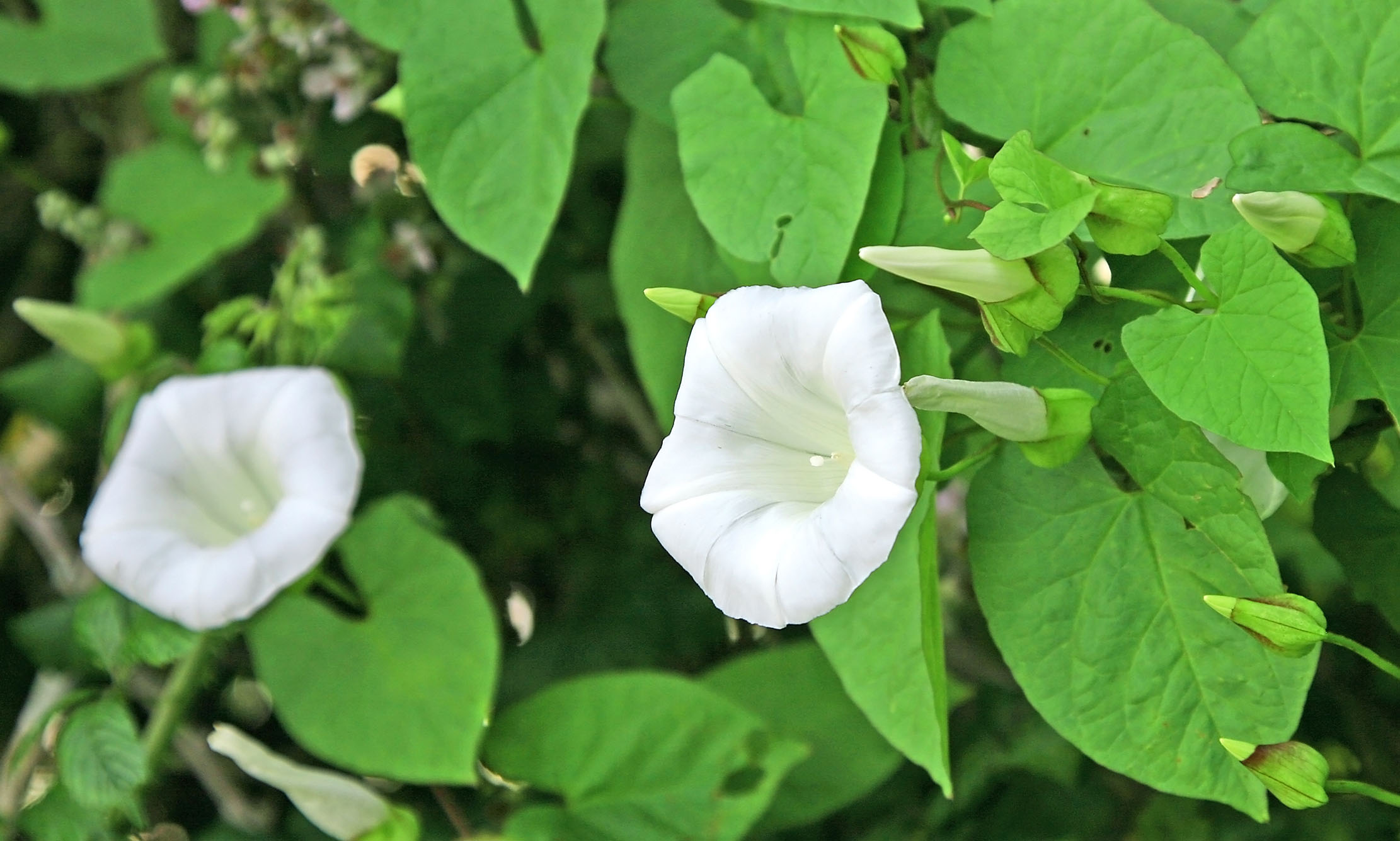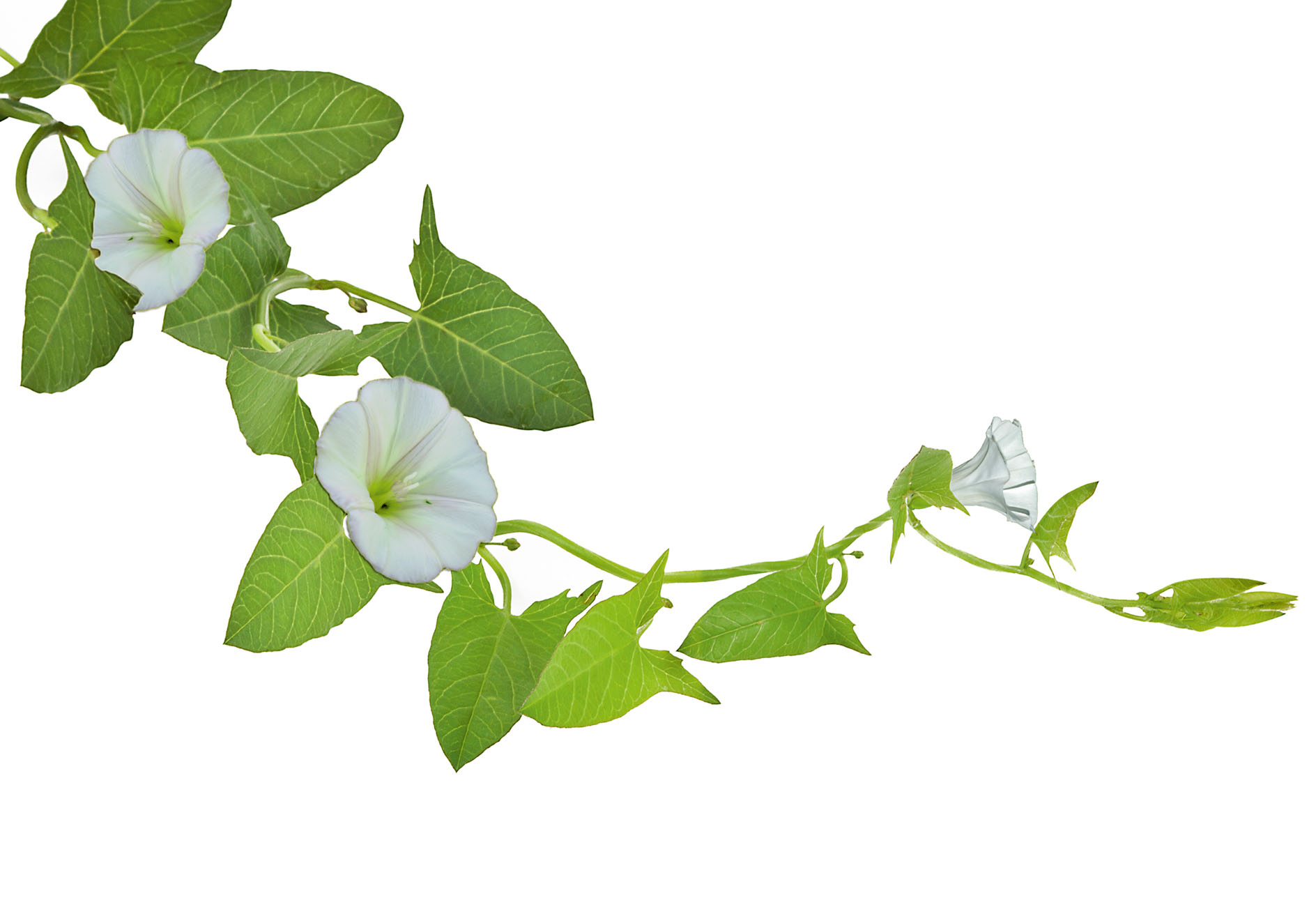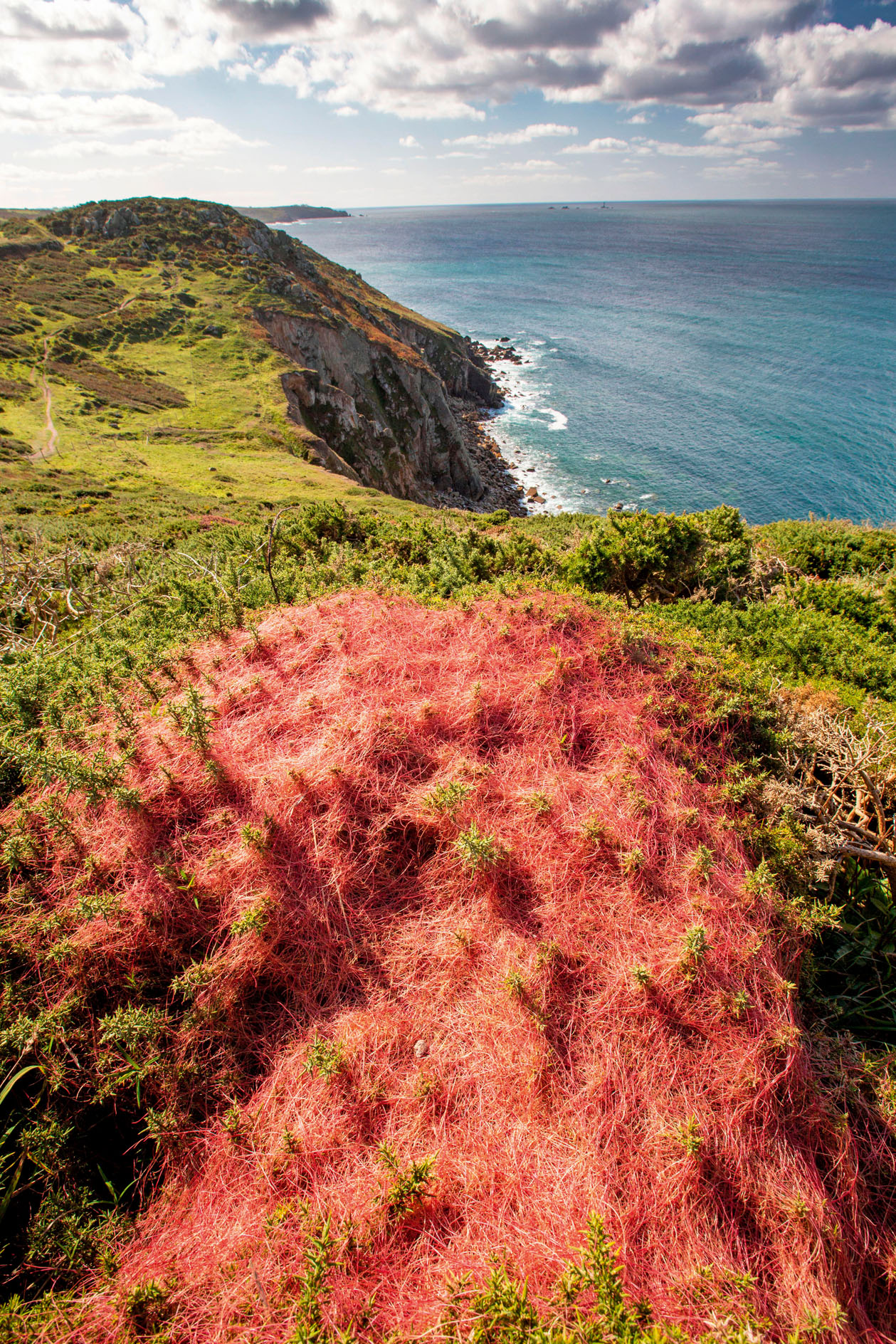How to get rid of bindweed
Although treasured by children for the pop of those white trumpet flowers, bindweeds are no friend to gardeners, says Ian Morton. He takes a look at the history of this plant — and explains how to get rid of bindweed forever.


As hard as this will be for gardeners to hear, not everybody wants to hear how to get rid of bindweed. Children once played a traditional little game with those white trumpet flowers. If they squeezed the calyx, the corolla would jump out. Around the country, various chants accompanied the activity.
In south London, where the blooms were called poor man’s lilies, it was ‘Nanny goat, nanny goat, pop out of bed’. In Dorset and Bedfordshire, you would hear ‘Granny, granny, pop out of bed’. In Hampshire, it was ‘Lazy Maisie, jump out of bed’. Shropshire folk called them thunder flowers because a storm was believed to follow if they were picked. A Cornish name for the plant was pingle-wingles. In parts of lowland Scotland, it was known as young man’s death, for if a girl picked a bloom, her boyfriend was doomed.
Poor regard is accorded to the hedge bindweed, also known as bellbind, by gardeners. It winds its way up any available structure or plant and will smother sheds, fences, host bushes and shrubs — once established, Calystegia sepium is extremely difficult to eradicate. Its roots are said to penetrate soil to a depth of up to 20ft and it will form new buds even 14ft below ground level.
How to get rid of bindweed
With roots that can go down 20ft and an almost unnatural ability to grow in the dark (our digital editor once found some that worked its way in to the cupboard beneath his stairs, coming up from beneath the floorboards), bindweed is not easy to kill.
There is only one definitively successful method, and that is to use the highly-controversial weedkiller Glyphosphate, which is sold in garden centres under the brand name Round-Up. Its use has been banned in some countries around the world, by the EU as of the end of 2022, and by several dozen local councils in the UK.
It does work in the battle against bindweed, however, as Steven Desmond wrote for Country Life: 'Glyphosate will be your best friend in this war of attrition.. Bindweed, which many suppose to be ineradicable due to its infinitely wandering white roots, is a martyr to glyphosate, especially if painted onto a few of its youngest leaves.' It's apparently best done when the flowers appear, in summer and early autumn.
To minimise the spread and environmental impact, BBC Gardeners' World and The RHS suggest planting canes in the affected areas for the bindweed to climb up. Once it has, you take the cane out, put the still-attached new growth into a clear plastic bag, apply glyphosate, then seal the bag with a clothes peg, elastic band or similar. Leave the bag in place and the glyphosphate can work its way into the plant without spreading to other plants — and ensure you leave the bag in place until the bindweed is absolutely dead. That will likely be around three weeks.
Exquisite houses, the beauty of Nature, and how to get the most from your life, straight to your inbox.
Other methods are possible, but will be harder work for a longer period. For those who don’t wish to use chemicals, some suggest boiling water on the roots, as well as a common-sense combination weeding, digging down and forking out. But be prepared for a battle.
The trumpet blooms are pollinated mainly by the migrant convolvulus hawk-moth, Agrius convolvuli, but produce seeds infrequently; horticulturally, the plant is mostly spread by small, fleshy white root sections detached by excavation. In the US, where it was introduced from Europe in the 1730s as an ornamental and medicinal plant, its mixed reputation is best expressed by its varied names: hedge lily, bugle vine, bride’s gown, wedlock, old man’s nightcap, Devil’s vine and Devil’s guts.

As do so many wild plants, it has a medicinal history. The Greek physician Dioscorides prescribed it to heal wounds and stop internal bleeding. Medieval herbalism cited it as a laxative, as treatment for spider bites, to delay menstruation, as a brain tonic to promote intellect and as a tranquilliser to help with insomnia, confusion, fits, nervous disorders, blood impurity and venereal disease.
Witchcraft lore recommended carrying dried flowers in an amulet or pouch to counter malignant forces; the name of a person known to wish you harm could be written on paper and burned with a handful of dried bindweed as you chanted: ‘Your ill intent be bound to you. No harm to others can it do. Purge it now and set it right. Send this darkness to the light.’
A particular bindweed variety was traditionally valued as a medicinal purgative. Processed juice taken from the living root of the Convolvulus scammonia, native to eastern parts of the Mediterranean basin, was known as scammony. Science has identified an impressive cocktail of constituents, including jalapin, dihydroxy cinnamic acid, beta-methylesculetin, ipuranol, sucrose and starch — when this is imbibed and meets bile, it provokes a rush of fluid down the alimentary canal to flush out the system.
This was readily available and its effect was well known in the 17th century, with Culpeper commenting: ‘This is the plant which produces Scammony, the gum resin used as a purgative. It does not grow as large in England as abroad. The juice of the root is hardened and is the Scammony of the shops. The best Scammony is black, resinous and shining when in a lump, but of a whitish ash when powdered. It has a strong smell but not a very hot taste, turning milky when touched by the tongue… an extract made from the expressed juice of the roots has the purgative quality.’
Less familiar on cultivated plots, but widely seen in pastures and verges is the field bindweed, Convolvulus arvensis. Its delicate pink and white trumpets are smaller than the hedge variety and spread in patches, mainly among grasses in undisturbed soil. Gerard dismissed the plants as ‘not fit for medicine but are unprofitable weeds, and hurtful unto each thing that groweth next to them’.
The Brothers Grimm were more indulgent. In their Household Tales of 1884, they told of a cart heavily laden with wine barrels stuck in mud, despite the best efforts of the horse and the waggoner to move it. Happening along, Our Lady remarked that she was tired and thirsty, but if the waggoner gave her a glass of wine she would free the cart. He regretted that he had no glass, so she picked a field-bindweed bloom, which he filled with wine. The cart was freed as she drank and the plant was accordingly endowed with the name Our Lady’s little glass.
The plant has attracted less sentimental identities where it has proliferated to cause significant economic losses, especially in the west of the US, where it is known as sheepbine, possession vine and creeping Jenny. In Ireland, the plant is called cornbind, ropeweed, Jack-run-the-country, the Devil’s garters and the tormentor. In England, it is little more than a brief and pretty summer wayside display.
The bindweeds belong to the worldwide Convolvulacaea family, which is more than 1,000 strong. These plants are generally gathered under the name morning glory, because the blooms that open with the dawn do not survive to dusk. Some produce mauve, purple or blue trumpets and are valued for their swagger, but, no doubt, the least appreciated and most bizarre is a variety probably familiar only to those who manage or walk our moors, heaths and chalk downs.

Called dodder, it is a greedy parasite and was known centuries ago, taking its name from the Middle English doder, a bunch of thread. Spiraling up and embracing the stems of green plants, it produces hypodermic-needle-like haustoria, which penetrate the outer membrane and form a vascular union to feed on the fluids inside. Thus secure, it sheds its root and lives off the helpless host.
Dodder has no leaves, contains no chlorophyll, grows small flowers that are particularly attractive to bees, wasps and the gatekeeper butterfly and produces many tiny seeds that germinate in shallow soil and have up to 10 days to find a host by following chemosensory clues. Appearing in Chinese traditional medicine, some 170 species have been recorded globally and, in tropical countries, whole trees can become swathed.
Mercifully, only four varieties are found in northern Europe. In this country, the native Cuscuta epithymum attacks mainly heather and gorse, draping the host plants extensively in dramatic pink webbing. It is found across several southern counties, on the Isle of Wight and in Ireland, where it may afflict flax, and it is something of a feature on National Trust land at Incleborough Hill near Sheringham on the Norfolk coast, where Bagot goats are used to control the vegetation. The parasite is hard to eradicate — turf-cutting, burning and mowing only aid the germination of seeds that have lain dormant for years, arising to smell out their next victim. Of all our bindweeds, this is surely the strangest.

Credit: ableimages / Alamy Stock Photo
Six gardening jobs to do right now which will pay off in the summer
Steven Desmond describes six rejuvenating tasks that will make a huge difference once the weather picks up.

Charles Quest-Ritson: What English country gardeners can learn from their German counterparts
Charles Quest-Ritson has spent years making trips to Germany to gather ideas and new plants — but is puzzled that nobody
After some decades in hard news and motoring from a Wensleydale weekly to Fleet Street and sundry magazines and a bit of BBC, Ian Morton directed his full attention to the countryside where his origin and main interests always lay, including a Suffolk hobby farm. A lifelong game shot, wildfowler and stalker, he has contributed to Shooting Times, The Field and especially to Country Life, writing about a range of subjects.
